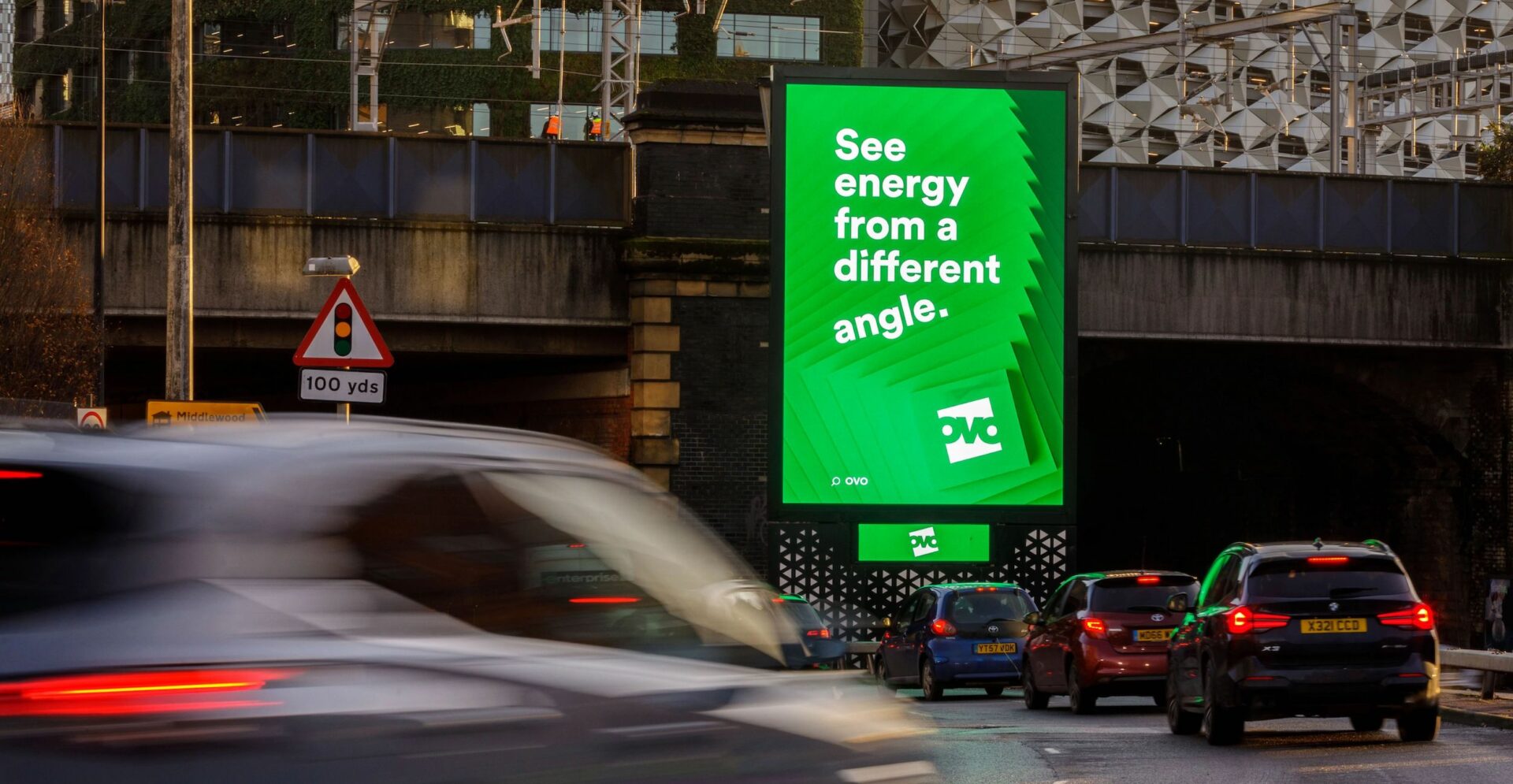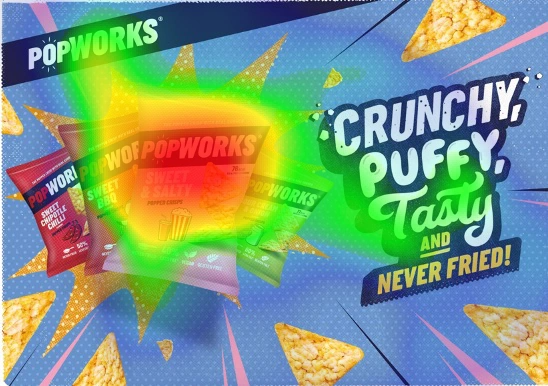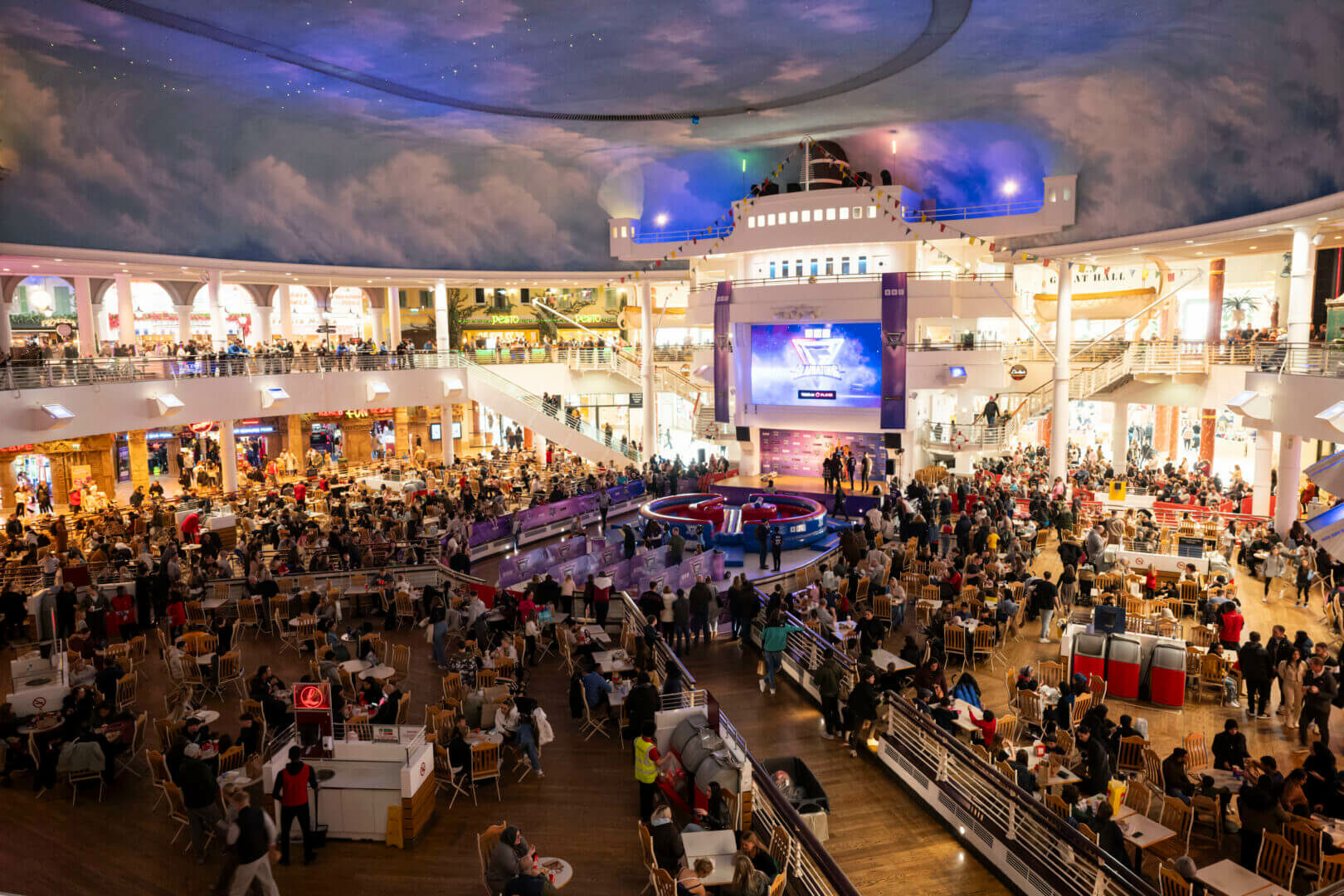Time to get real about programmatic Out of Home
It’s not new news that marketers are shifting adspend from classic billboards to digital Out of Home inventory, but the market will hit an important point of inflection in 2019.
This year, global adspend on classic Out of Home is forecast to decline whilst digital will grow by 10%, more than twice the rate of global adspend growth overall.
I fully expect this trend to continue as media owners accelerate their investments in digital screens and marketers pursue opportunities for more data-driven targeting and dynamic creative. By doing so, they’re achieving better returns on their Out of Home investments than ever before.
In the online sector, demand side platforms (DSPs) are facing a similar challenge to the one confronting traditional Out of Home businesses. DSPs’ share of programmatic adspend will decline in 2019 whilst Google, Facebook and Amazon will capture an even larger share of advertisers’ digital dollars.
In this context, DSPs emergence in the Out of Home space is an unsurprising and completely rational move. Struggling to reverse declining online revenue share, DSP businesses see digital Out of Home as a better growth prospect than taking on the walled gardens. Meanwhile, Out of Home providers, who have gone all in on digital inventory and need their investments to pay back quickly, believe DSPs can open the floodgates to new budgets.
So since mid-2018, DSPs and inventory aggregators have been busily promoting the idea that online adtech-powered Out of Home can be a “real game-changer“. They claim that breakthroughs in real-time trading and targeting mean that Out of Home can now be treated as an addressable advertising channel and bought programmatically through the very same platforms used for mobile and desktop.
So far, marketers do not appear to be convinced and I see at least three major reasons why they won’t be any time soon.
Challenges to Marketer Adoption
Program-manual
Firstly, DSPs’ vision of “real-time trading” doesn’t square with what marketers know about the technology maturity of the Out of Home industry today. Programmatic relies on standardisations, system integrations and automated trading functions which, with one or two exceptions, do not exist in Out of Home.
The DSPs’ workaround is to create Programmatic Guaranteed deals with inventory providers, where the “buy” step is technically automated but everything leading up to that point and all the subsequent steps are still executed manually. These deals are, therefore, practically identical to how inventory is traded today.
The platforms that facilitate these deals create the illusion of a real-time trade. But it is in fact a largely offline and pre-configured process which, crucially, doesn’t even allow buyers to say “no” to bid requests. This means many of the traditional tools, used by programmatic buyers to control and optimise adspend, simply aren’t available on an Out of Home buy.
No audience targeting improvement
Similarly, the audience targeting and media buying efficiencies that marketers enjoy in online programmatic don’t exist in today’s DSP-powered vision of programmatic Out of Home.
Programmatic Guaranteed deals involve buyers and sellers agreeing a fixed price based on the number of audience impressions delivered. Today, these impression counts are not derived from live device-level data from people walking towards screens. Instead, they’re sourced from established industry measurement systems such as Route and Geopath.
There are two problems with this. Firstly, these systems were designed to estimate audience delivery on large scale campaigns with one-hundred or more ad units. Below this threshold, their estimates are less reliable. Using them to generate impression counts for inventory-, hour- or spot-level buys, goes well beyond the current statistical constraints of the data.
Secondly, these systems do not provide live or dynamic information about available audiences. They can provide estimates of audience impressions months ahead of a media buy and will produce exactly the same answer during and after the campaign. There is no audience targeting benefit to a real-time activation using these audience data sets alone.
Impressions vs Reach
Online DSPs suggest that marketers are too focused on digital Out of Home as a mass reach, one-to-many, brand advertising channel, when they should be treating it as just another screen. Just another set of impressions. Just like mobile and desktop.
This is a helpful concept for DSPs and online media buyers, because it allows them to buy audience impressions on digital Out of Home like any other ad unit. But the problem for marketers is impression buying can lead to poorer Out of Home campaign outcomes.
Les Binet & Peter Field’s recent analysis of real advertising data from more than 600 campaigns confirms that Out of Home’s contribution to producing business effects, such as market share and profit growth, is inextricably linked to large scale audience reach.
Because there is no consideration for reach in DSPs, marketers are rightly cautious about the effectiveness of media investments through these channels.
There is no doubt that the future of Out of Home will look more like programmatic. Inventory will be aggregated and accessible to more media buyers. Trading will be accelerated by automation and interoperable planning and buying technologies. New forms of audience and location data will enable advanced targeting and attribution.
But it’s time for us all to get real about the current limitations of programmatic Out of Home, rather than overselling capabilities and trying to shoehorn it into solutions designed for online media buying.
Both new and traditional Out of Home players need to work together to create a model for programmatic Out of Home that genuinely adds value to marketers and creates a reason for them to increase their use of the channel. In the meantime, they won’t be persuaded by solutions which dumb down Out of Home buying and jeopardise hard-won returns on their investments.




